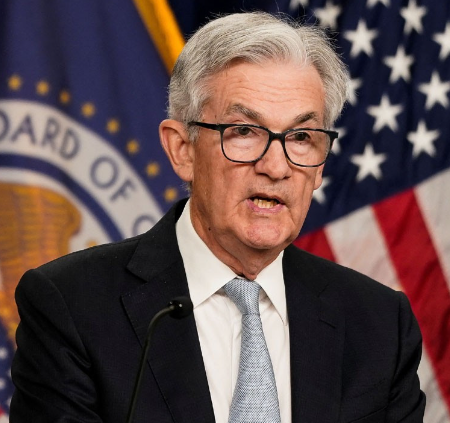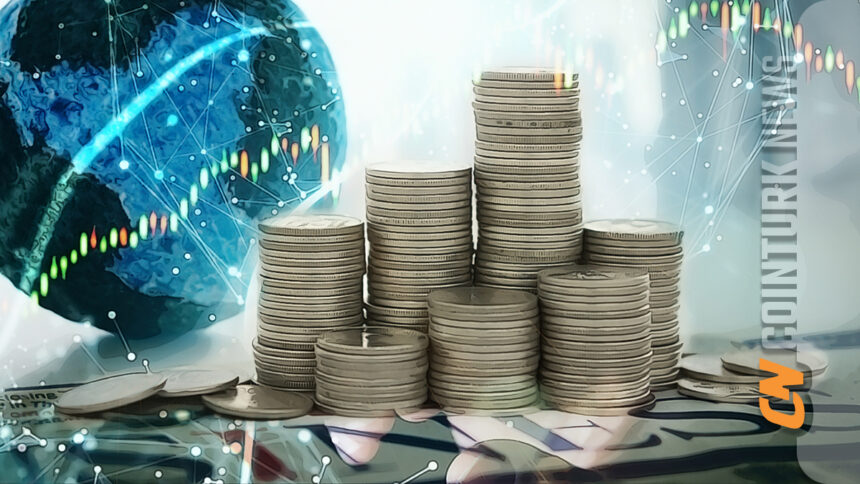Today, Federal Reserve officials will convene to review interest rates and set policy. However, it is anticipated that there will be no change in interest rates. Meanwhile, market analysts are seeking clarity on what to expect from the Central Bank in the coming months.
Expectations for Fed’s Rate Cut and Market Uncertainty
Among Wall Street’s leading banks, predictions for rate cuts vary. JPMorgan and Goldman Sachs forecast the first rate cut in July, while Wells Fargo points to September. Bank of America is waiting for December. Some Fed policymakers, however, are discussing a rate increase instead.

According to the futures market, Wall Street’s best guess points to September. However, this expectation also indicates a very low probability. According to the CME FedWatch Tool, the probability of a rate cut in September is about 44%.
Currently, There Are Only Estimates
Charles Schwab’s chief investment strategist, Liz Ann Sonders, stated that everyone is currently just making guesses about when rate cuts will begin. According to her, conditions must be analyzed for a rate cut.
According to the minutes from the March Fed meeting, economic forecasts sometimes miss the target, and Fed economists note that their forecasts are highly uncertain.
Lately, uncertainty seems to have increased even more. After inflation rates fell, growth halted, prompting investors expecting a rate cut to reconsider. This situation reflects the volatile nature of returning to the inflation target of 2%, as often emphasized by Fed Chairman Jerome Powell.
Fears of High Inflation Also Bring Concerns
High inflation is raising fears of stagflation. It is too early to determine whether the US economy is in a period of stagflation, but uncertainties are increasing.
The Fed is focused on combating inflation, as the labor market is strong and unemployment rates are low. The Central Bank is tasked with stabilizing prices and maximizing employment.
Fiduciary Family Office‘s CEO Kathleen Grace states that if inflation persists, a rate cut by July or September is unlikely. Therefore, market uncertainty continues, and the Fed’s policy direction will depend on economic indicators and inflation data.

 Türkçe
Türkçe Español
Español









